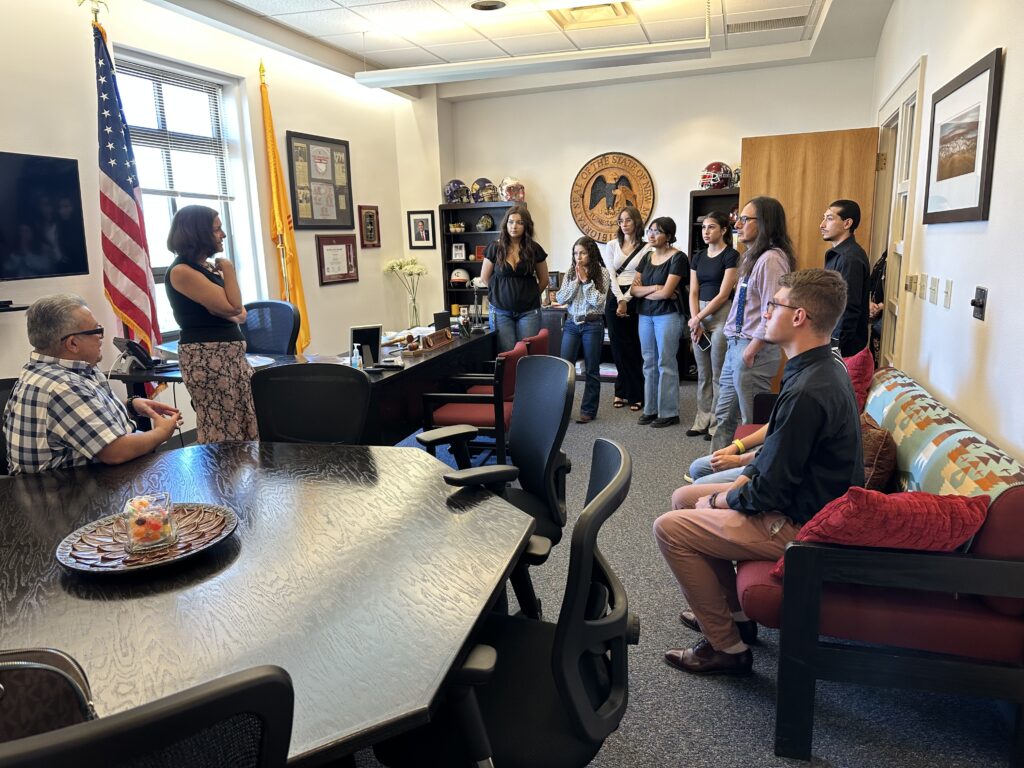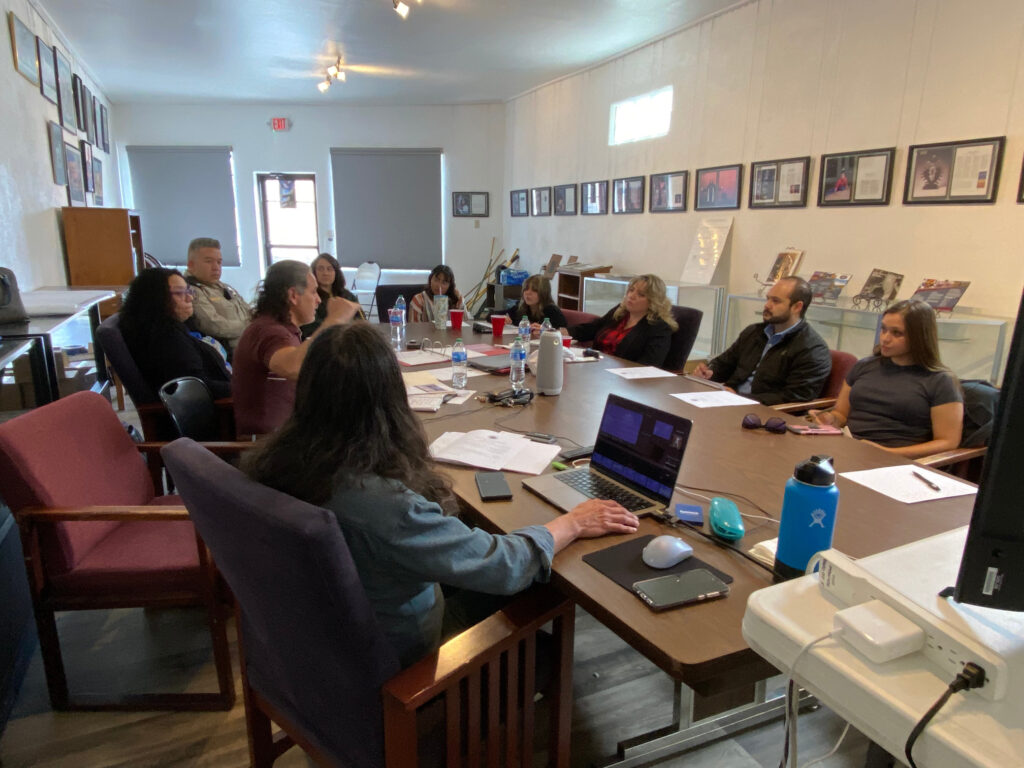A workgroup of local community partners to provide support and fellowship with a community focused and culturally appropriate collaborative environment.

The Connecting Our Voices members have a strong knowledge and background of their communities and includes those from a broad range of community sectors- parents, caregivers, cultural brokers, youth development, treatment, prevention, early childhood providers, school administration, social workers and counselors.


In New Mexico, for some substances, use among NM youth is far higher than the United States. The NMDOH’s 2020 Substance Use Epidemiology Profile reported that past-30-day use for marijuana, 33.9%, was more prevalent among SF County students than among U.S. students, 19.8%; tobacco (cigarette) use was more prevalent among SF County students, 11.6%, vs. U.S. students, 8.8%; e-cigarette use was more prevalent among SF County students, 31.8%, vs. U.S. students, 13.2%. Youth of color who are not in the minority are frequently at greater risk for alcohol, tobacco and other drugs use than their non-Hispanic white peers (NMDOH, Office of Substance Abuse Prevention, Evaluation of Substance Abuse Prevention Programming in NM, 2015).
NMDOH’s 2020 Substance Use Epidemiology Profile reported, on average, underage drinkers consume more drinks per drinking occasion than adult drinkers, and with that, the risk of harm increases for every additional drink they consume. The report also stated that in Santa Fe County, 28.4 % of youth were current drinkers, 11.5% binge drink, 4.9% have 10 or more drinks and 8.2% drink and drive (vs. 5.5% U.S.). However, contrary to common perception, most NM high school students do not drink. In 2017, 26.2% of high school students reported that they were current drinkers. This is a significant decrease from 43.3% in 2005 (NMDOH 2020 Substance Use Epidemiology Profile). This is evidence that a sustained, robust and multi-faceted approach to substance abuse prevention has positive outcomes in decreasing unhealthy behaviors and increasing protective factors for youth.

